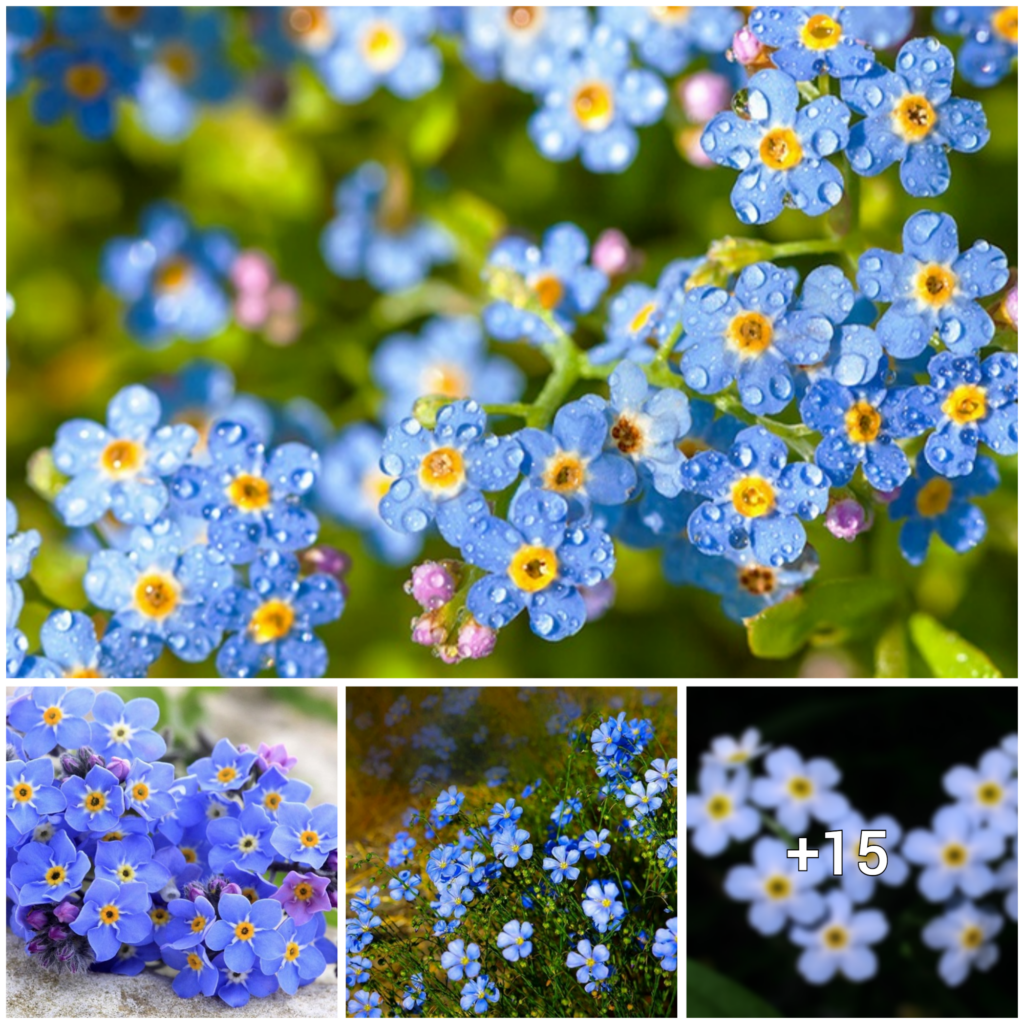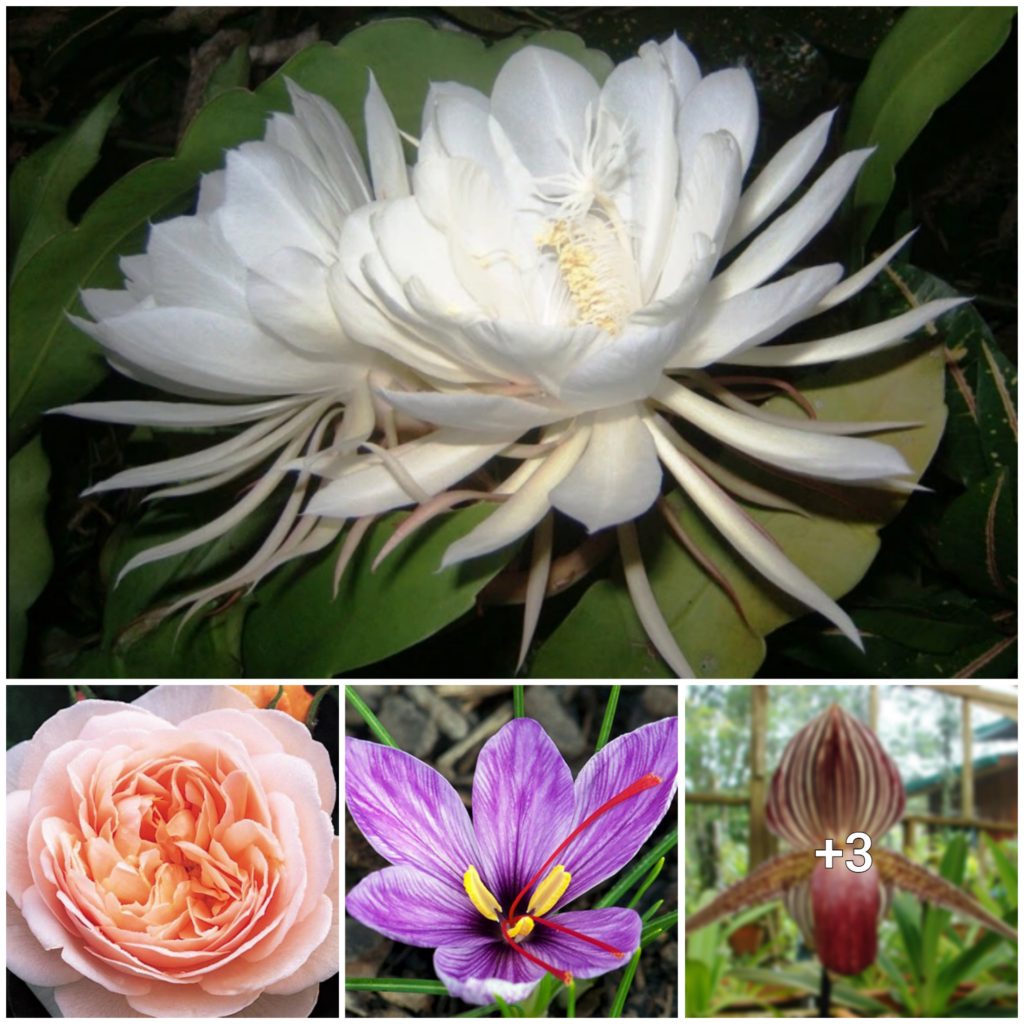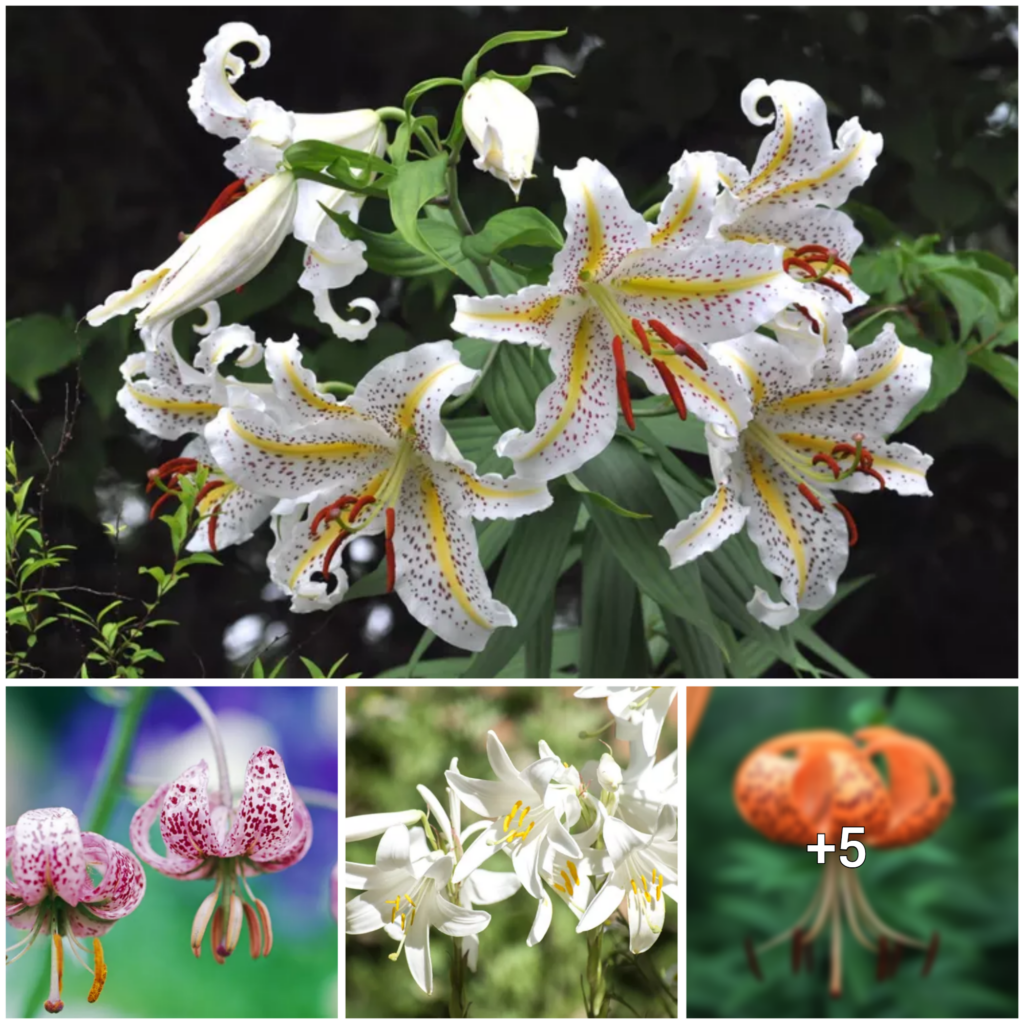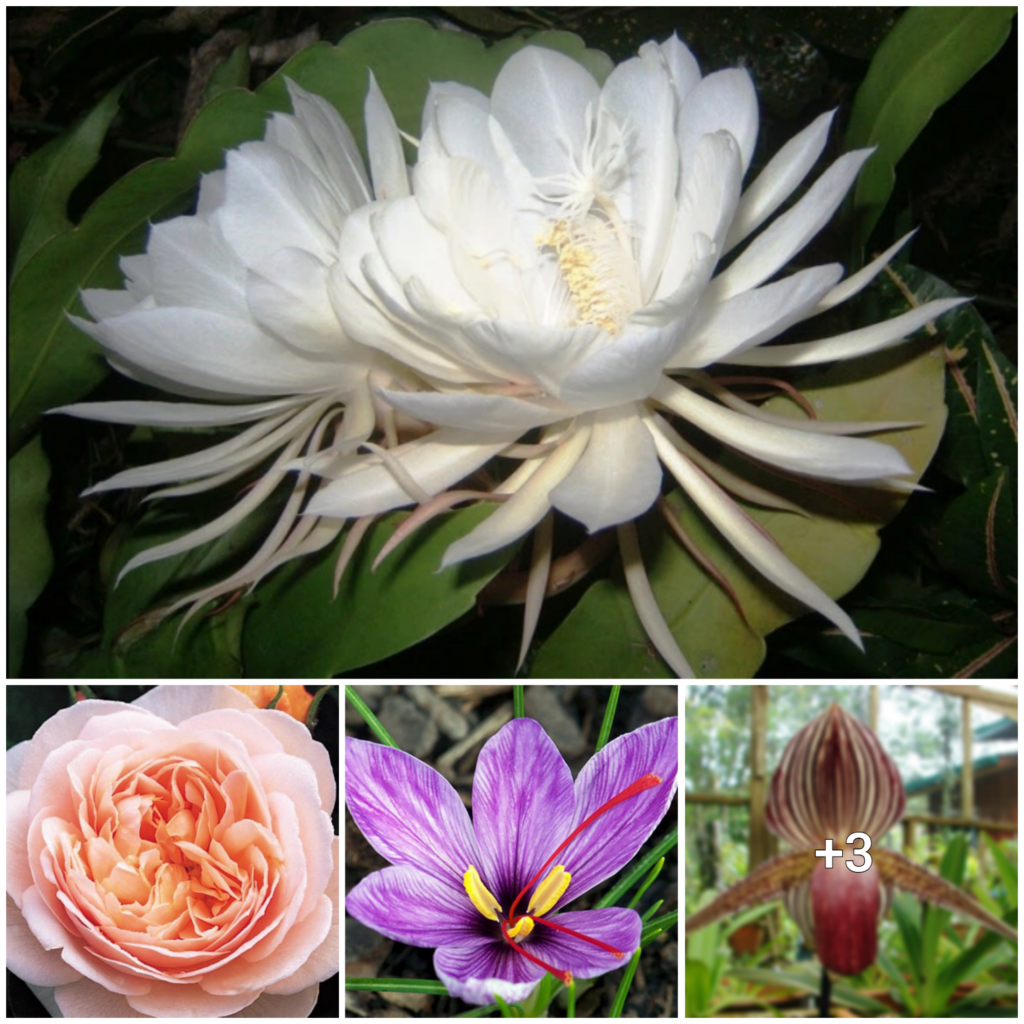:max_bytes(150000):strip_icc():format(webp)/lily-types-to-grow-in-garden-1315809-hero-4882303dc806493d86f56d7a71b3d189.jpg)
Flower gardeners often use the word “lily” to refer to different types of flowers, but not all of them are classified as “true” lilies. The North American Lily Society identifies nine horticultural divisions of garden lilies that belong to the Lilium genus and are considered genuine lilies. True lilies are known for their large flowers and bulb structure that has a characteristic scale. While the genus has over 80 species, most grown in gardens are hybrids or selectively bred cultivars. Daylilies, toad lilies, peace lilies, and water lilies may carry the word “lily” in their name but they are not true lilies. Gardeners who wish to cultivate true lilies should be aware that some species, such as the ‘Stargazer’ and Easter lilies, are toxic to cats. The first horticultural division of true lilies is the Asiatic Lilies (Lilium Hybrids).
:max_bytes(150000):strip_icc():format(webp)/AsiaticLilies-GettyImages-90283521-646a9765a8f642c1b3346b4ca6fa80e6.jpg)
Asiatic lilies, particularly the ‘Lollypop’ cultivar, are a great choice for novice gardeners and are among the most popular types of lilies. These flowers belong to Division 1 in the official horticultural classification system and come in a wide range of colors, though they don’t have much scent. They bloom between June and July and their flowers can face in any direction. While lilies aren’t commonly grown in containers, dwarf Asiatics such as ‘Buff Pixie’ can be grown in pots. Asiatic lilies originated from genetic crosses between lilies native to eastern and central Asia, as well as interspecific hybrids of those species.
Martagon hybrids, also known as Turkscap Lilies (Lilium martagon x), belong to Division 2 and are another type of lily that can be grown by novice gardeners. These flowers have a unique shape, with petals curving back toward the stem, resembling a turk’s cap. Martagon hybrids are very hardy and can grow in almost any soil type, as long as it is well-draining. They prefer partial shade and can grow up to five feet tall. These lilies originated from a hybridization of various European lily species.
:max_bytes(150000):strip_icc():format(webp)/MartagonLiliy-GettyImages-157048028-1268f13e84424f30af529c65a70f8cb5.jpg)
Martagon hybrid lilies fall under Division 2 in the classification system due to their common genetic parent L. martagon, resulting in the name “Turkscap Lilies” because of their blossom’s shape. Although challenging to cultivate, the ethereal 5-to-6-foot wands of mature plants are awe-inspiring. To grow them, plant them in the fall in a sheltered location with exceptional drainage and expect fragrant blooms in May or June. These hybrids are the most shade-tolerant garden lilies, so it is best to choose a location at the edge of a woodland garden, away from competitive tree roots. Since martagon lilies don’t transplant well, it is essential to select the planting spot wisely. They are nursery hybrids, and their parent species are native to Asia and Europe, and they can grow in USDA Hardiness Zones 3–9, reaching a height of 3–6 feet. They prefer full sun to partial shade.
:max_bytes(150000):strip_icc():format(webp)/white-flowers-of-madonna-lily--lilium-candidum--1022565890-dc4704f4df7b499ba8349e3f1e2324e3.jpg)
Candidum lilies are a type of heirloom plant that has been passed down through generations. They are classified as Division 3 lilies and are derived from lilies found in the Balkans and Middle East. These lilies are commonly known as Madonna lilies because they represent purity in Christianity. Although they are not easy to find at nurseries, Candidum hybrids prefer a sheltered spot with morning sun and slightly dry conditions. Planting them just under the soil, about 1 inch deep, is recommended. In summer, trumpet-shaped white blooms will emerge. These plants are not tolerant of damp locations and can succumb to grey mold. American Hybrids, or Lillium Hybrids, are categorized as Division 4 lilies and have their own unique characteristics.
:max_bytes(150000):strip_icc():format(webp)/humboldt-56a302f95f9b58b7d0d00fef.jpg)
A group of hybrid lilies known as Division 4, which originated from various native North American species, form the Humboldt lily and other species. These lilies thrive in gardens with humus-rich soil and proper drainage, and their downward-facing petals make them a popular choice for informal landscapes and wildflower gardens. Since these lilies are derived from native North American species, they quickly naturalize. It is not always easy to differentiate between a true native species and a naturalized hybrid. Furthermore, some wild lilies may not be native species or hybrids at all. The common tiger lily that grows on roadsides is usually an Asian species like Lilium lancifolium or Lilium tigrinum. Longiflorum Hybrids, which fall under Division 5, are a different group of hybrid lilies that are popular for their trumpet-shaped blooms and sweet fragrance. These lilies grow well in full sun to partial shade, although they thrive best in areas with dappled shade. They can reach a height of five to seven feet and are typically found in nursery hybrids, with parent species native to North America. The USDA Hardiness Zones for these lilies range from 3 to 9.
:max_bytes(150000):strip_icc():format(webp)/GettyImages-182667998-5c361d91c9e77c0001fd2c12.jpg)
The Division 5 longiflorum lily group, commonly known as Easter lilies, is a well-known seasonal gift plant that blooms in the spring. However, you can also grow them in your garden, where they produce beautiful white trumpet-shaped flowers in July or August. These lilies can be transplanted to a permanent location outside, but make sure to choose a sheltered spot with full sun for the blooms and shade for the roots. Keep the foliage intact and water regularly for optimal growth. The native area of these lilies is the Southern islands of Japan and Taiwan, and they thrive in USDA Hardiness Zones 4-8. Another popular lily group is the Division 6 trumpet lilies or Aurelian lilies, which are hybrids of the Lilium plant.
:max_bytes(150000):strip_icc():format(webp)/lily-types-to-grow-in-garden-1315809-06-d8e05ca478374cc88323520c321f6932.jpg)
The group of trumpet lilies, also known as Division 6, consists of many Asiatic lilies that are characterized by their bugle-shaped flowers. This category also includes hybrid crosses of the Asiatics which produce tubular and trumpet-shaped blooms. The Aurelian hybrid tag is given to a trumpet lily that has one parent of the L. henryi species found in China. Although trumpet lilies are not very cold-resistant, they are easy to grow, provided you stake them to keep their huge blossoms from drooping and cover them with mulch to shield them during winter. Some cultivars like ‘Golden Sunburst’ come with more drought tolerance and can grow up to a height of 8 feet if you care for them well. These plants are categorized under Division 7, Oriental Lilies (Lillium Hybrids). They thrive in full sun and are native to nursery hybrids within the USDA Hardiness Zones of 5 to 8, with heights ranging from three to six feet, sometimes up to eight feet.
:max_bytes(150000):strip_icc():format(webp)/stargazer-56a302fd3df78cf7727b7bb0.jpg)
The Division 7 Oriental lilies are similar to Asiatic lilies in color and form, but they have a distinct and delightful fragrance that makes them a favorite among gardeners. Although they can be fussy, they thrive in humus-rich, acidic soil that can be achieved by adding organic materials like compost and leaf mold. The flowering season of the ‘Stargazer’ and other cultivars usually begins in August, which is later than many other flowers. Oriental lilies are hybrids that often have L. auratum and L. speciosum as their parents, both native to Japan and southern China. These plants are nursery hybrids and typically grow between 3-5 feet tall. They require full sun to partial shade and are suitable for planting in USDA Hardiness Zones 4-9.
:max_bytes(150000):strip_icc():format(webp)/pink-oriental-lily-with-yellow-center-475479649-3e3a6d4fad1e476c9bb23d5a61e84b93.jpg)
Division 8 is a diverse group of hybrid lilies that are created by breeding parents from other lily divisions. These hybrids produce unique and beautiful flowers that are a combination of their parent’s characteristics. For instance, LA lilies are one type of Division 8 hybrid that is created when L. longiflorum is crossed with Asiatic varieties. This crossbreeding produces large, flat flowers that are slightly fragrant. Another popular Division 8 lily is the Orienpet, which combines the perfume, tall size, and color of Oriental lilies with the sturdy growth habit of trumpet lilies. These hybrid lilies are typically grown in nurseries and can thrive in USDA Hardiness Zones 3-9. They require full to partial sun exposure and can grow anywhere from 3-6 feet tall, depending on the specific variety.
The 9th division of lilies is known as Species Lilies (Lillium spp.).
:max_bytes(150000):strip_icc():format(webp)/lilium-auratum-531699878-70e26525c270481ea42d0b876d994a98.jpg)
In Division 9, you can find pure wild lily species that haven’t been crossbred. This group includes the familiar wild tiger lily, which is native to Asia but has spread to North America. These wild lilies come from a variety of habitats, from swamps to mountains, making them highly adaptable. Although the number of species lilies available in nurseries may vary, you can find unique varieties like Lilium aratum ‘Gold Band’ by checking out specialty nurseries or connecting with lily societies. Who knows, there may even be undiscovered lily species out there waiting to contribute to future hybrids! These lilies can be found in different regions, and their ability to thrive depends on the species. The USDA Hardiness Zones could range from 3 to 10, and the height and light requirements are also dependent on the species, as it varies from full sun to full shade.




